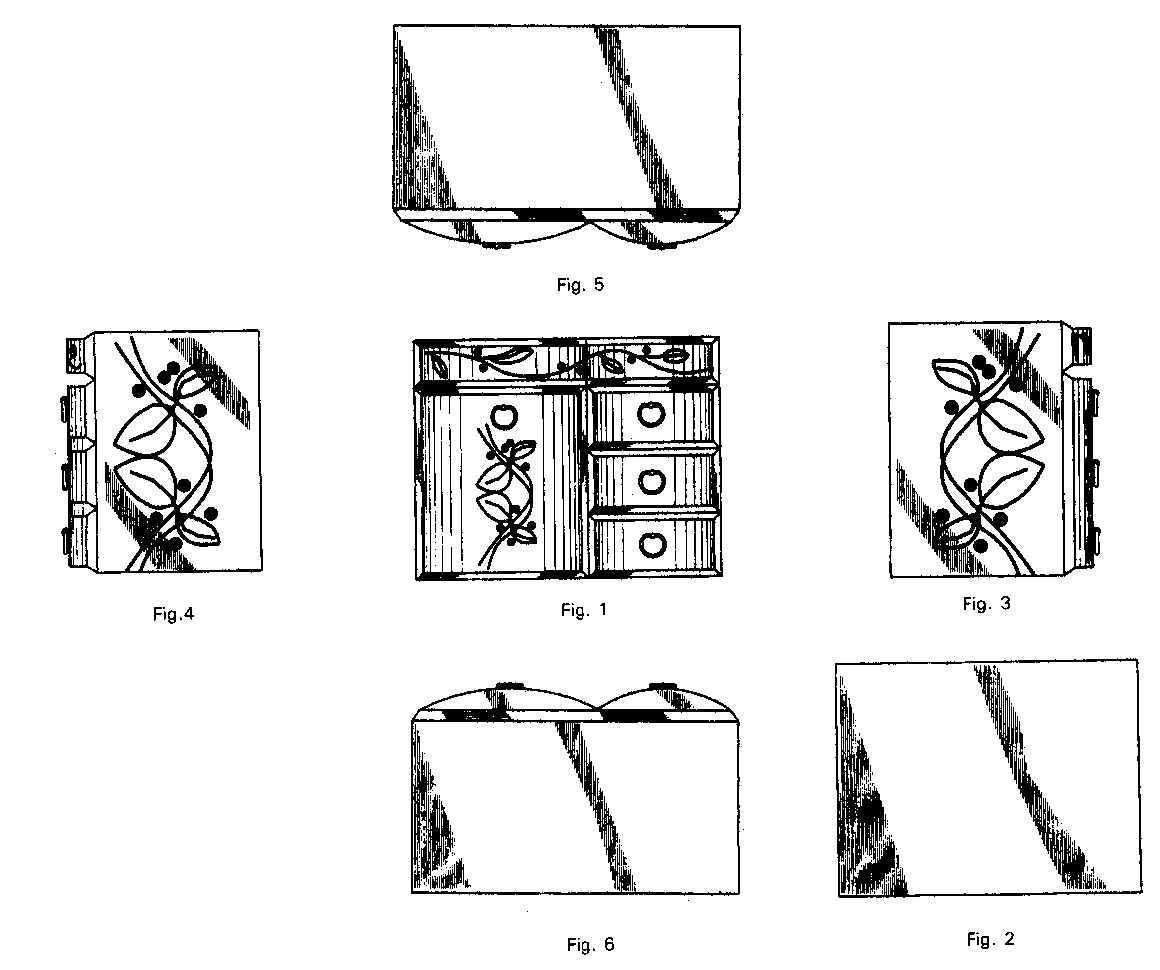If you’ve invented something new, you’ll want to protect your work. But filing for a patent can take time and can get costly. Instead of filing for a patent outright, file for a provisional patent that gives you 12 months to determine the commercial viability of your invention. This will allow you to use the “patent pending” label while you pitch and market your item. Here’s what you need to know about filing a provisional patent.
What is a Provisional Patent?
The provisional patent has been around since June of 1995. It is offered by the United States Patent and Trademark Office (USPTO) to give inventors a low-cost option for filing in the U.S. It also gives U.S. applicants parity with foreign applicants under the GATT Uruguay Round Agreements, which set the groundwork for tariffs and trade for 123 countries.
Provisional patents are legal documents filed with the USPTO to establish an early filing date of an invention. In order for its provisions to extend beyond the 12 months of the provisional patent, you must file for a nonprovisional patent. This 12-month period can’t be extended, so if you miss filing the nonprovisional patent in the designated timeframe, you’ll no longer have any patent protection for your invention.
Benefits and Disadvantages
The United States awards patent rights to the first person to file a patent application for a particular invention. The key advantage of the provisional patent is that it allows inventors to secure their position as “first to file” by submitting a simplified application. Unlike a nonprovisional patent, a provisional patent application doesn’t require a claim. The claim defines the invention you want to protect. Because a provisional patent doesn’t include a claim, it’s simpler to prepare and doesn’t alert competitors to the exact invention you’re protecting. This gives inventors time to test and refine an idea without worrying that someone else will be the first to file a patent application.




